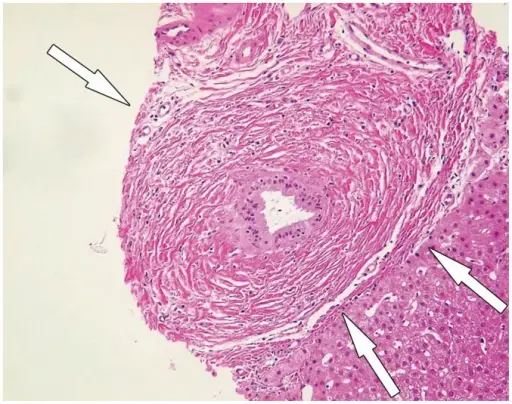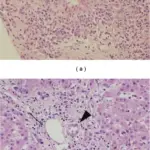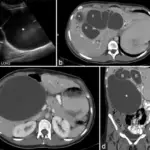Primary sclerosing cholangitis is a disease of bile ducts.
What is the Pathology of Primary Sclerosing Cholangitis?
The pathology of primary sclerosing cholangitis is:
-Etiology: The cause of primary sclerosing cholangitis is unknown.
-Genes involved: None.
-Pathogenesis: The sequence of events that lead to primary sclerosing cholangitis includes progressive inflammation, fibrosis, and structuring of the intrahepatic and extrahepatic bile ducts.
-Histology: The histology associated with primary sclerosing cholangitis shows classic finding is “onion skin” fibrosis around affected medium-sized bile ducts; smaller ducts are rarely affected.
How does Primary Sclerosing Cholangitis Present?
Patients with primary sclerosing cholangitis typically affect males present at the age range of 20-60. The symptoms, features, and clinical findings associated with primary sclerosing cholangitis include fatigue, pruritus, jaundice, right upper quadrant pain/tenderness.
How is Primary Sclerosing Cholangitis Diagnosed?
Primary sclerosing cholangitis is diagnosed with liver biopsy, CT scan, and MRI.
How is Primary Sclerosing Cholangitis Treated?
Primary sclerosing cholangitis is treated using ursodeoxycholic acid or liver transplantation.
What is the Prognosis of Primary Sclerosing Cholangitis?
The prognosis of primary sclerosing cholangitis is poor with a median length of survival from diagnosis to death being approximately 12 years.



